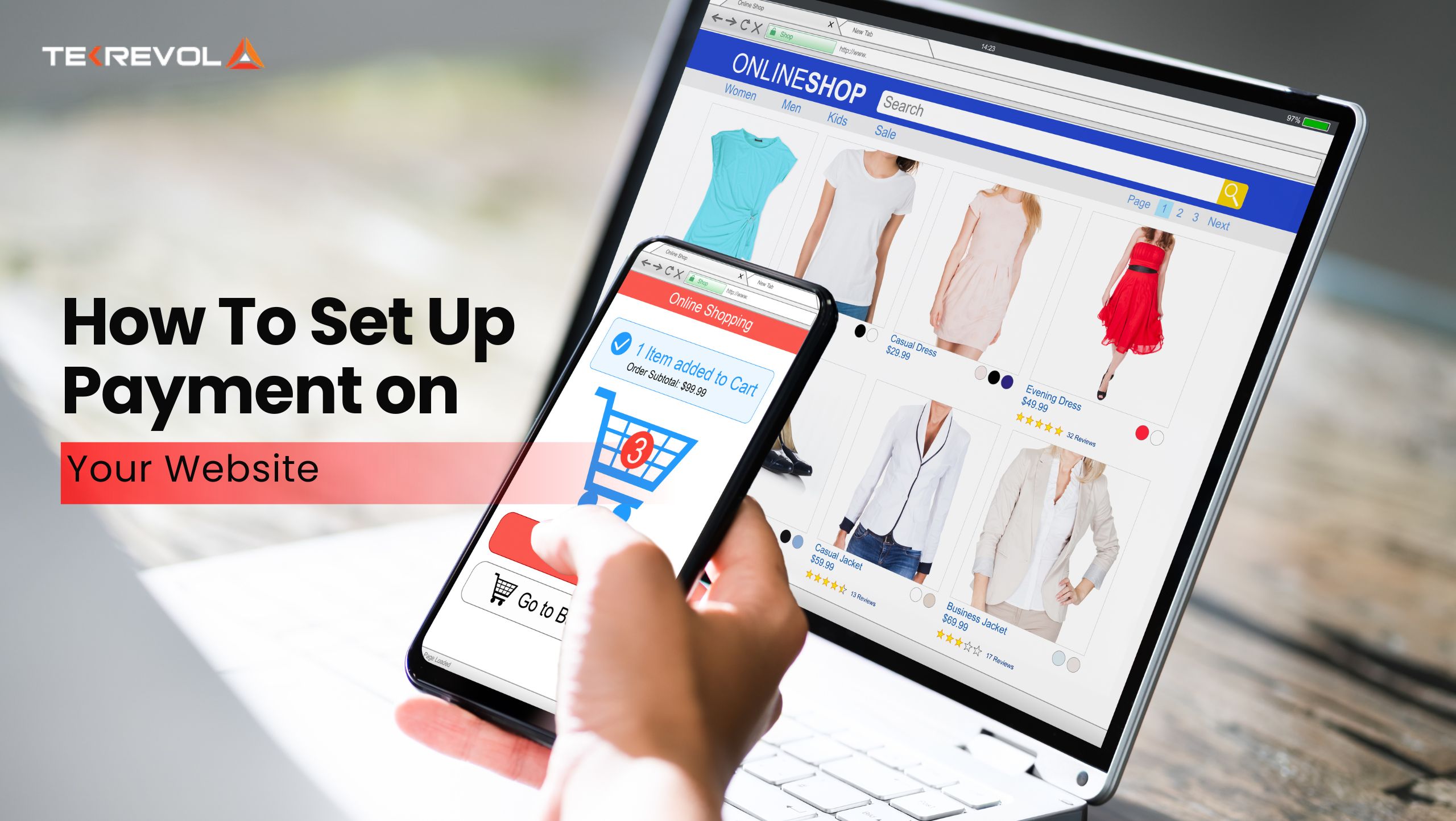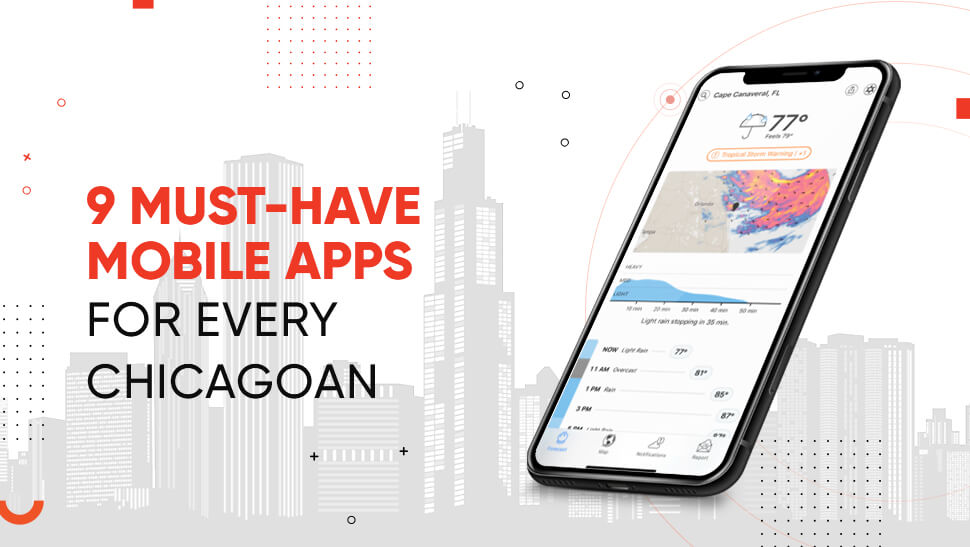If you’re building a website that accepts payments, choosing a web secure payment gateway isn’t just a tech rather a trust decision. In 2025, the global payment gateway market hit $47 billion (Statista), showing just how much businesses are investing in safer, smoother online transactions.
Customers today expect payment experiences that are fast, seamless, and most importantly, secure. Whether you’re launching an online store or adding checkout to your app, picking the secure payment platform can make or break the experience.
This guide will walk you through everything you need to know, from how secure payment gateways work to how to integrate them without the usual developer headaches. Let’s make sure your customers feel safe hitting that “Pay Now” button.
What Is an Online Payment System For Websites and How Does It Work?
An online secure payment gateway is a way money can be transferred electronically over the World Wide Web. This payment method is basically the same as cash or card payments, but virtual. After you click “Pay Now,” payment information is transmitted through a secure connection and verified with your bank to approve the valid transaction within seconds.
For merchants, it ought to be the best tool since it generates trust and entitles consumers to an easy way to pay. In shopping or selling, secure payment platforms maintain the overall process’s security, speed, and ease. In 2025, digital payments will process over $20.09 trillion in transaction volume worldwide, making up nearly 59% of total e-commerce sales.
Online payment systems work through three key components: the payment gateway, the payment processor as well and the merchant account. They all come together to guarantee the secure, efficient, and smooth execution of each transaction. Let’s break it down:
1. Payment Gateway
A payment gateway can also be considered an electronic door that only opens to authorized payments. It pays the selected amount using your customer’s card details while still protecting all the data.
For instance, when a customer purchases a t-shirt from your online store, the gateway is responsible for the technical process of moving the card details.
2. Payment Processor
After the gateway has forwarded the card details, the role of the payment processor comes in. It is the backstage user, who communicates with the customer’s bank and your bank.
For instance, when a customer seeks to pay using their credit card, the processor ensures the customer has an adequate amount to pay for the commodity or service.
3. Merchant Account
This is a special type of bank account used by businesses to receive payments. Suppose you own a company providing coffee subscriptions. Any payment transaction initiated by the customer causes the funds to transfer from the customer’s account to the merchant account and then from the merchant account to the business account of your company.
How Fast Are Online Payment Systems Growing in 2025? (Latest Stats)
Online secure payment systems for websites are a fundamental feature of modern apps, especially in fintech, eCommerce, and on-demand services.
Whether you’re building a food delivery app or a marketplace platform, integrating a seamless web secure payment gateway can significantly improve conversions and user trust.
Here’s what the latest data says about online payment system growth:
- The global digital payments market is projected to reach $14.78 trillion by 2027, growing at a CAGR of 15.2% from 2023 to 2027.
- Mobile wallets are on track to exceed 50% of all online spending by 2025.
- Faster checkouts using saved payment data can boost conversion rates by up to 35%, especially on mobile.
- Over 74% of consumers say they would abandon a purchase if their preferred payment method is not available.
What Are the Different Types of Secure Payment Gateways?
When it comes to selecting the right online payment system, you will find that as a business owner, you have many choices. The best choice depends on what is suitable for your business and also what clients would prefer. Here is a list of some of the most widespread secure payment platforms with advantages and drawbacks to give you an idea.
1. Internet Acquiring
It is an old way of addressing or paying for goods whereby financial transactions of the buyer and the seller go through a processing center. Such cashless and secure payment systems for websites in which payments are made through the use of a blue-colored plastic card.
Why Choose It?
Pros: Internet acquiring also presents a high level of security, such as 3D-Secure and data encryption, making this one of the safest means of transferring funds.
Cons: While this method is often used, this technique is only commonly offered to legal business entities, and thus, startups may not qualify for approval.
Where It’s Used: Just like traditional banks, modern fintech companies also use Internet acquisition to work with card payments effectively.
2. Payment Gateways
Payment gateways are intermediaries that forward the transactions to the right bank for completion. It could be used on websites and in mobile applications since it is so flexible.
Why Choose It?
Pros: Payment gateways work separately from banks and other digital wallets and provide relatively high security levels for customer data.
Cons: Integrated payment is a convenient way of making transactions, but when installing a payment gateway, it may take a long time due to contracts and legal formalities.
Example in Action: Stripe, a top US payment gateway, offers seamless integration, advanced fraud protection, and secure transactions for businesses.
3. Digital Money Transfer Operators
Digital wallets are capable of becoming a popular replacement for conventional bank accounts. With the help of a digital wallet, consumer payments can be unified and obtained independently from the business’s location.
Why Choose It?
Pros: They are easier and more convenient for the customer,s especially when the transaction involves other countries. They are also quite easy to integrate into your website as a form of payment system.
Cons: Some restrictions are still in place, for instance, limitations on the amount that can be transferred in a given time.
Example in Action: Wise, a digital wallet service, has seamless compatibility with almost all website CMS platforms, and that is why most global companies use it.
4. Payment Aggregators
Payment aggregators integrate the secure payment systems for websites by first getting the customer’s money and then passing it to the targeted party.
Why Choose It?
Pros: It is a versatile tool that does not require much integration with a variety of platforms, which is beneficial for businesses that want to start accepting payments on the Internet quickly.
Cons: The problem with using aggregators is that it entails double charges per transaction, one for the bank and the other for the aggregator. However, the security of data may be slightly off compared to the other methods.
Example in Action: Square, a well-known aggregator, is ideal for small businesses with online and offline presence. Likewise, Stripe has robust features for developers to create unique payment solutions for their consumers.
Things to Keep in Mind Before Deciding on a Payment Gateway
As you prepare to add a payment gateway to your site, some important aspects must first be assessed. Here’s what you should consider to ensure a smooth and successful payment experience:
1. Understand Your Customers’ Payment Preferences
The comfort of your customers should always come first. In the USA, the most frequent forms of payment are credit/debit cards, mobile payments, and bank transfers. If your payment system conforms to your customers’ preferences, you will have higher chances of enhancing your sales and actualization. Thus, flexibility in payment methods should be among the key objectives of eCommerce businesses to satisfy the customers’ needs.
2. Weigh the Cost Implications
The use of cash per transaction comes with charges that affect the profitability of the business and customer convenience. Before making a decision, ensure that you have compared the prices relating to the many payment types available and select the one, that affords functionality as well as costs.
3. Prioritize Security
Security needs to be paramount every time there is the question of making payments over the Internet. Customers’ financial data should be safe since everyone seeks to protect their company’s information.
There is a need to select a payment system that has a good layer of encryption and one that has a reliable system of checking for fraud among the users.
4. Focus on User-Friendly Experience
A payment option that is simple to use and integrates well is mandatory to avoid inconvenience at the time of payment. A simple system guides customers through the purchase process without creating more obstacles for them. The more positive the customer experience, the greater the likelihood of converting a visitor into a customer.
5. Ensure System Reliability
Reliability is crucial. The payment system you decide to work with must be efficient and reliable; it must not go offline at any instance or develop technical problems that will hinder the processing of the transaction. Still, you need to ensure that at least each of the systems is valid and has the necessary amount of positive feedback.
How to Set up a Secure Online Payment Gateway in A Website: A Step-by-Step Approach
Establishing your web secure payment gateway can be profitable if you need more control and personalization over the payment process. Here’s a detailed breakdown of the secure online payment gateway process, each step enriched with examples to guide you effectively:
1. Consult an Expert
Prior to providing the details of the proposed payment system, get in touch with an expert in payment systems or a development advisor. This can also guarantee that your system complies with any needed norms and has strong security controls, like white and PCI DSS certifications, when processing card payments.
Example: A fintech consultant can help in implementing 3D Secure to enhance the security of transactions being conducted to prevent fraud.
2. Set Up a Secure Hosting Platform
Select a good hosting service provider and acquire an SSL (Secure Socket Layer) to ensure that the information exchanged between your users and servers is secure. This step is mandatory to avoid leakage of further vital information, such as the card details.
For example: AWS or Bluehost provides powerful hosting, while SSL certificates can be purchased from DigiCert.
3. Design and Build the Payment Page
Your payment page is the page where customers enter their payment details, including their credit card information. It is recommended to have a clear and well-structured design, as well as its responsiveness to both PC and portable devices.
Tips:
- To obtain the payment details, one should use the secure input fields.
- Incorporate reassurance elements such as a checkout trust seal.
Example: Some of the platforms that are common with businesses include Shopify, where business people can also build payment pages that are integrated into the website.
4. Select a Payment Processor
A payment processor manages the mechanics of transferring funds from the customer’s bank to your business bank account. Select one that has provisions for several payment modes such as MasterCard and Visa cards, ATE cards, and mobile payments, among others.
Example: Stripe has an API designed for developers, while PayPal has a Basic Processing option for smaller businesses. Both of them are great, just choose what you are going to use most often or can handle better.
5. Integrate the Payment Processor with Your System
After selecting the payment processor, link it with the payment page which will require integration to be done effectively. Depending on your CMS, for instance, WordPress, this step might involve the use of coding or plugins.
Example: If you are using WooCommerce, some plugins install payment processors such as Square or Authorize.Net without requiring excessive coding.
6. Test Your Payment System
Before deploying, a stringent check must be made to see that every part of the payment system is in optimal functionality. Perform various checks with the target solution, such as mimicking various transactions, checking for non-successful payment confirmation, and, more importantly, analyzing the effectiveness of a given solution from the point of view of the end user.
Example: You can use the Postman application to model API calls to check the backend of your system before live transactions occur.
Best Practices to Improve Your Payment Checkout Process
The internet secure payment gateway process is critical, and when efficiently designed, it will prompt the customers to complete the purchase. Here are some effective practices to optimize your secure online payment gateways:
1. Offer Multiple Payment Options
Accepting various forms of payment makes your business more convenient and easier for consumers. This is especially important for companies that have customers from different parts of the world.
Accepting options such as credit cards, digital wallets, and region-specific payments guarantees that customers can complete more purchases.
Example: For those operating internationally, let your users have choices such as PayPal, Stripe, and local gateways such as Alipay, specifically for Chinese clientele or Paytm for Indian clientele.
2. Implement Robust Security Measures
Security is always a major concern in any payments made online. For all services that involve the entry of sensitive data, make use of an SSL (Secure Socket Layer) certificate to ensure data security and convince customers. Always place trust badges or credentials in easily visible areas of the checkout process to boost buyers’ confidence.
Example: E-commerce sites like Amazon and Etsy also have icons such as the SSL certification seal to reassure users that their credit card details are safe.
3. Allow Guest Checkout
Forcing customers to create an account when they have a unique visit may discourage them, especially those who are going to make single purchases. Provide an option for guests to check out without requiring them to create an account, ensuring a flawless and distraction-free checkout experience for customers.
Example: Some of the retailers like Target and Best Buy permit guest checkout, which enables customers to purchase products without having to create an account with the retailer.
4. Request Only Essential Information
Reduce the step of data input so that the client will only be required to enter the data necessary for completing the transaction. If more is required, clearly state why. This reduces customer frustration and shortens the payment time.
Example: In case a phone number is necessary, use comments such as: “We will only call about order-related concerns.” Such practices are employed by retail firms such as Apto, supporting transparency and therefore reliability.
5. Streamline Error Handling
The option to make modifications at the time of checking out must not clear any previously filled forms. In the case of missing or incorrect fields, mark the error obviously and give directions on how the error can be corrected.
Example: Many of the stores powered by Shopify have error messages placed immediately near the inputs with problems, so users can solve them without having to refresh the page.
How TekRevol Helps with Web Development and Payment Integration?
We know that an effective website should not only look great, function well, and include an efficient internet secure payment gateway, but it should also contribute to business development. That is where we come in with our web development and payment integration capabilities.
TekRevol is a leading web development company that specializes in websites that are not only visually appealing but also functional and user-friendly. Our team of experienced developers consults with the client and guarantees that the final result will meet the needs of the client, which can be an online store, a corporate website, or a custom web application.
TekRevol has valuable experience in implementing various secure online payment gateways such as Stripe, PayPal, Square, and local payment options. We make sure that the website is integrated with many payment methods, has a strong data encryption feature for users, and follows international security regulations such as PCI-DSS.
A recent project we completed intended to create a large-scale e-commerce platform for a rapidly growing retailer. Addressing this issue, we connected many payment processors and increased the site’s speed, allowing the customer to triple online sales in the first three months of operation.
- Have a project in mind?
- Let our web development experts turn your vision into reality.











